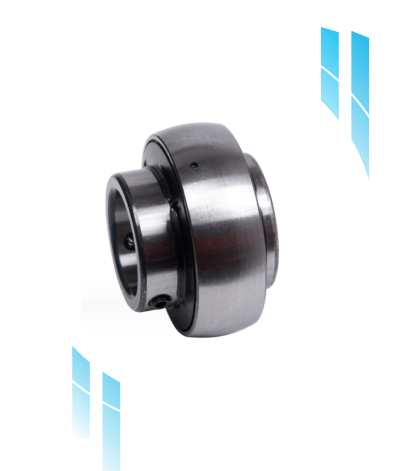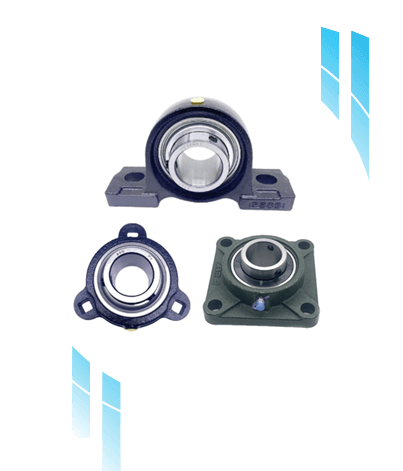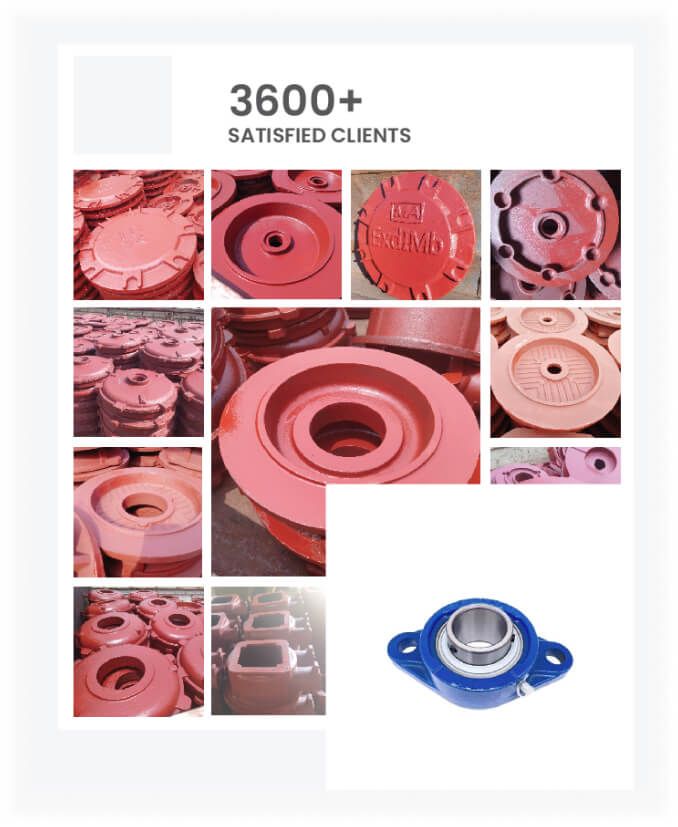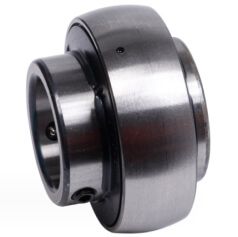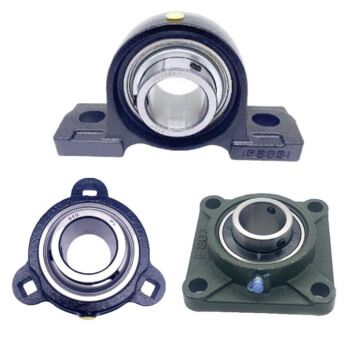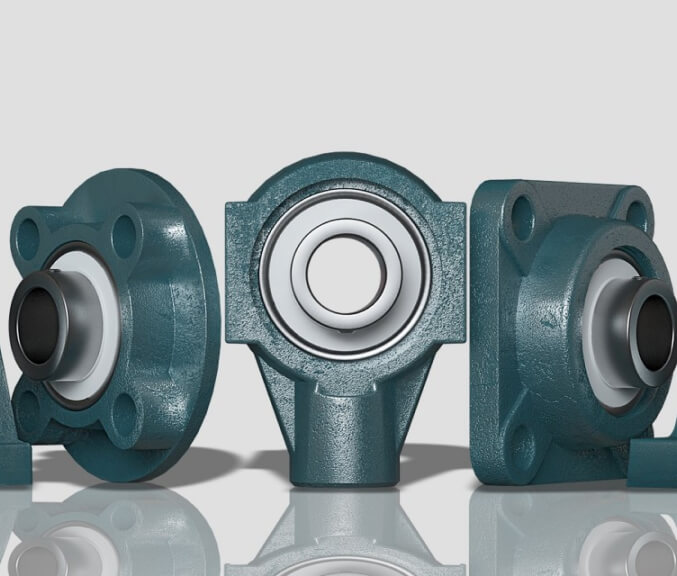BY JAMES MAY 2023
Ball bearings play a pivotal role in the intricate world of machinery and mechanical systems, facilitating smooth motion and reducing friction. This article delves into the heart of these ingenious devices, unraveling the mysteries behind their functionality. Understanding ball bearing types, components, assembly variations, and inner workings is essential for engineers, hobbyists, and anyone curious about the mechanics driving countless machines. Types of Ball Bearings Angular Contact Bearings Angular contact bearings, characterized by their design, are adept at handling radial and axial loads. Their unique construction enhances load capacity, making them suitable for applications with prevalent combined loads. Common scenarios include automotive transmissions and precision machinery. Axial/Thrust Bearings Specifically engineered to manage axial loads, thrust bearings are vital in scenarios where force is applied parallel to the axis. Whether supporting heavy loads in large industrial machinery or ensuring stability in automotive applications, thrust bearings are designed for high-demand situations. Deep-Groove Bearings Versatility defines deep-groove bearings, which can handle radial and axial loads. Widely used in everyday applications, from household appliances to conveyor systems, deep-groove bearings provide reliability and efficiency across various settings. Components of Ball Bearings Rows The arrangement of rolling elements in ball bearings distinguishes between single-row and double-row variations. While single-row bearings are common and cost-effective, double-row bearings offer increased load-carrying capacity, making them suitable for heavier applications. Bearing Rings/Races The outer and inner rings, also known as races, form the structural backbone of ball bearings. Choosing appropriate materials for these components is crucial for durability. Common materials include steel and ceramic, each offering unique advantages in different environments. Rolling Elements Balls or rollers are the heart of ball bearings, facilitating the rolling motion crucial for their function. The choice between balls and rollers depends on the specific application, with each option offering distinct benefits in load capacity and efficiency. Cage/Retainer The cage, or retainer, maintains the spacing and alignment of the rolling elements. Different materials and designs influence the performance of the cage, impacting factors like heat dissipation and overall stability during operation. Ball Bearings Assembly Types Conrad Bearings Known for their simplicity, Conrad bearings feature an uncomplicated assembly with a single uninterrupted raceway. This design choice makes them suitable for various applications, offering ease of assembly and reliability in motion. Slot Fill Bearings Slot-fill bearings manage the space between balls by incorporating slots in the races. This design choice enhances load-carrying capacity and can be advantageous when balancing size and performance is crucial. Relieved Race Bearings Precision in motion characterizes relieved race bearings, where carefully crafted raceway relief areas reduce friction and enhance efficiency. These bearings find applications in scenarios demanding high performance and precision. Fractured Race Bearings Fractured race bearings employ a design where the race is intentionally fractured, providing advantages in specific applications. This design facilitates easy assembly and disassembly, making them suitable for specialized environments. How Do Ball Bearings Work? Rolling Motion The fundamental principle underlying ball bearings is using rolling elements to facilitate motion. By reducing sliding friction – a common issue in other types of bearings – ball bearings achieve smooth and efficient motion transmission. Load Distribution One of the key benefits of ball bearings is their ability to evenly distribute loads across the bearing. This ensures that the applied force is spread out, preventing localized wear and contributing to the overall longevity of the bearing. Minimizing Friction The interaction between the cage and rolling elements plays a crucial role in minimizing friction. Proper lubrication further reduces friction, ensuring the bearing operates smoothly and efficiently. Impact on Rotational Speed Ball bearings, renowned for their ability to handle high speeds, enable various applications to operate at impressive rotational velocities. This characteristic is particularly important in scenarios where speed is a critical factor. Applications of Ball Bearings Automotive Industry In the automotive realm, ball bearings are in various components, including wheel hubs and transmissions. Their reliability and efficiency contribute to the overall performance and safety of vehicles. Industrial Machinery Ball bearings are the backbone of industrial machinery, supporting operations in diverse settings. These bearings, from conveyor systems to manufacturing equipment, enhance efficiency and reduce downtime. Aerospace Engineering Aerospace applications demand precision and reliability, making ball bearings integral to aircraft engines and control systems. Handling high speeds and varied loads is crucial in aerospace engineering. Maintenance and Lubrication Importance of Proper Lubrication Proper lubrication is paramount for extending the lifespan of ball bearings. Choosing the right lubricant for specific environments and ensuring regular lubrication maintenance are essential practices. Inspection and Replacement Regular inspections play a crucial role in identifying wear and misalignment early on. Following guidelines for timely replacement ensures that bearings continue to operate optimally and avoid potential failures. Conclusion As we conclude this exploration into the mechanics of ball bearings, it becomes evident that these seemingly small components play a monumental role in the machinery that defines our modern world. From the simplicity of their assembly to their diverse applications, ball bearings are the unsung heroes facilitating motion and reducing friction in countless machines. Whether in automotive, industrial, or aerospace settings, understanding how ball bearings work empowers engineers and enthusiasts alike to make informed decisions, ensuring the optimal performance and longevity of their mechanical systems.







